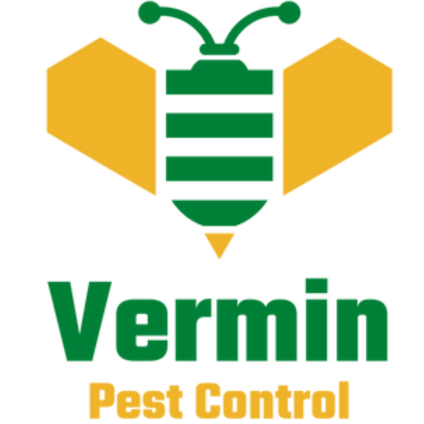Pest infestations cost billions of dollars globally each year, damaging crops, spreading disease, and disrupting ecosystems. Traditionally, pest control has been reactive — waiting until pests are visible before taking action. But with the rise of Artificial Intelligence (AI), we’re now moving toward a more predictive and preventive approach.
AI’s ability to analyze massive amounts of data in real-time is transforming the way we detect, track, and manage pests — from farms to urban areas.
1. Predicting Pest Outbreaks Before They Happen
AI-powered prediction systems can anticipate pest population surges weeks or months in advance by analyzing:
- Weather patterns — Temperature, humidity, and rainfall influence breeding cycles.
- Historical infestation data — Past outbreak trends help forecast future risks.
- Crop health indicators — Satellite imagery and sensors detect plant stress before pests become visible.
For example, AI models can warn farmers about an incoming locust swarm by combining satellite images, wind patterns, and breeding season data — giving them time to prepare defenses.
2. Smart Traps and Automated Monitoring
Modern pest traps equipped with AI-powered cameras and sensors can:
- Identify species in real-time using image recognition.
- Count pest numbers automatically to track infestation levels.
- Send alerts to pest managers via mobile apps when activity spikes.
These traps reduce manual labor, eliminate guesswork, and allow targeted responses — meaning fewer pesticides and lower costs.
3. AI-Driven Drones for Pest Detection
Agricultural drones with AI vision technology can scan large fields in minutes, spotting signs of pest damage such as:
- Discolored leaves
- Patchy crop growth
- Early-stage infestations invisible to the naked eye
The AI system pinpoints problem areas so farmers can treat only the affected zones, minimizing environmental impact.
4. Machine Learning for Pest Behavior Analysis
AI can study pest migration patterns, breeding cycles, and feeding habits to create predictive maps. For example:
- Predicting where rodents will move after heavy rain.
- Mapping mosquito population hotspots based on standing water and human activity.
- Forecasting termite spread in urban developments.
This information helps pest control teams strategically place traps or apply preventive treatments.
5. AI in Urban Pest Prevention
Cities are using AI-powered systems to:
- Monitor sewer systems for rats.
- Track garbage levels (a major pest attractant).
- Predict rodent movement in relation to construction and seasonal changes.
By combining data from multiple sensors, AI enables proactive rodent control before populations explode.
6. Reducing Chemical Dependence
Because AI can target pest control more precisely, it reduces the need for broad-spectrum pesticide spraying — protecting beneficial insects like bees and reducing environmental harm.
7. The Future of AI Pest Management
In the coming years, AI could integrate with IoT devices, robotics, and autonomous sprayers to create fully automated, eco-friendly pest control systems. Imagine a network of smart traps, drones, and climate sensors working together, predicting threats before they happen and responding instantly — all without human intervention.
Conclusion
AI is changing pest control from reactive firefighting to proactive prevention. By combining weather data, satellite imagery, smart sensors, and machine learning, AI can help protect crops, safeguard public health, and reduce environmental damage.
The pests of the future might be smarter — but so are our defenses.





Add Comment